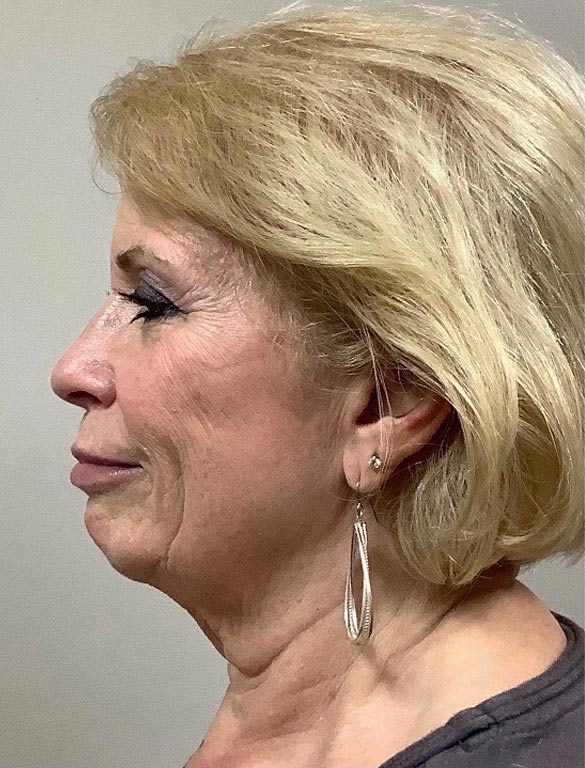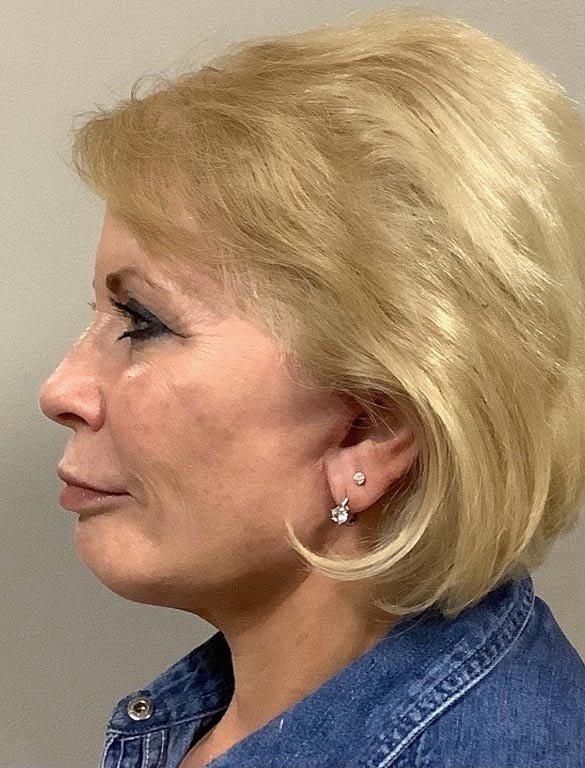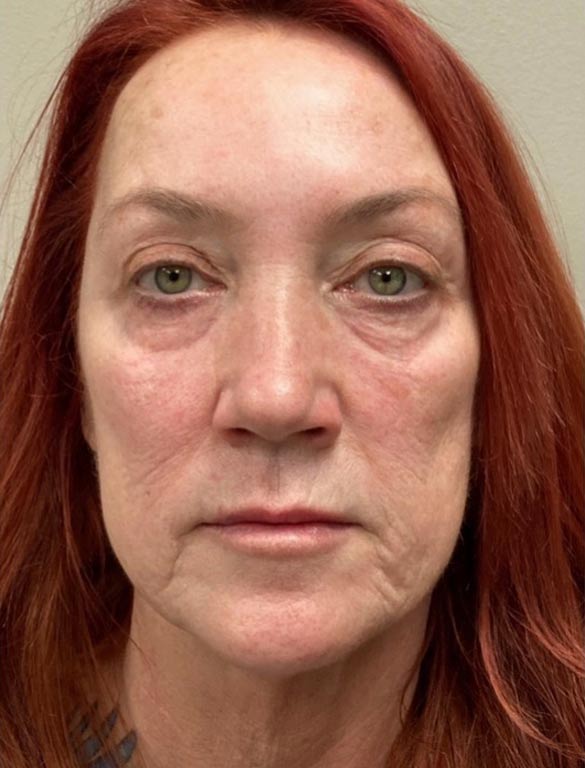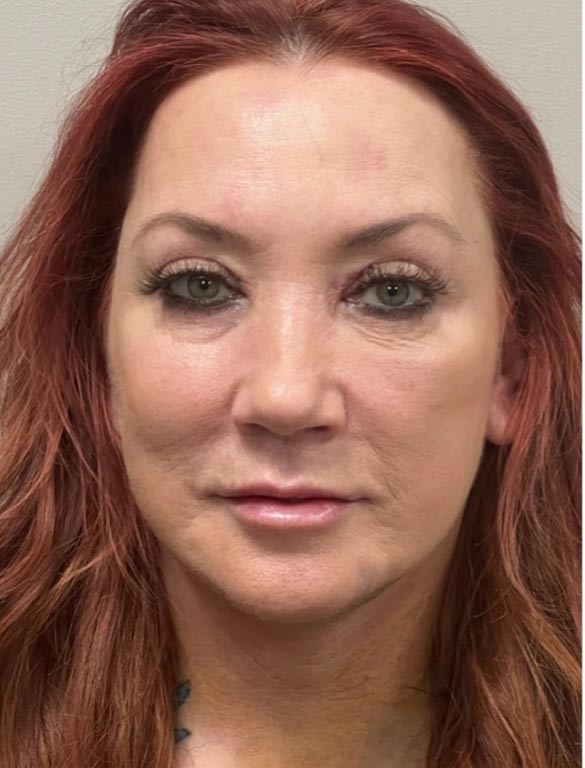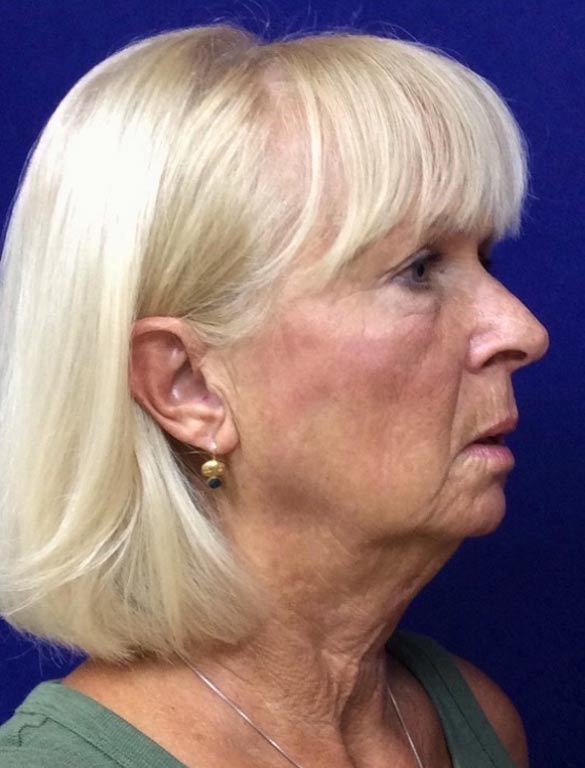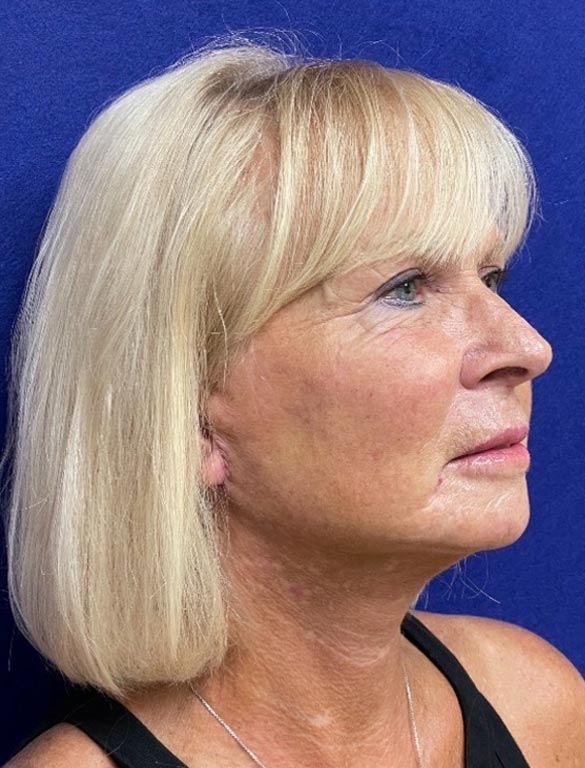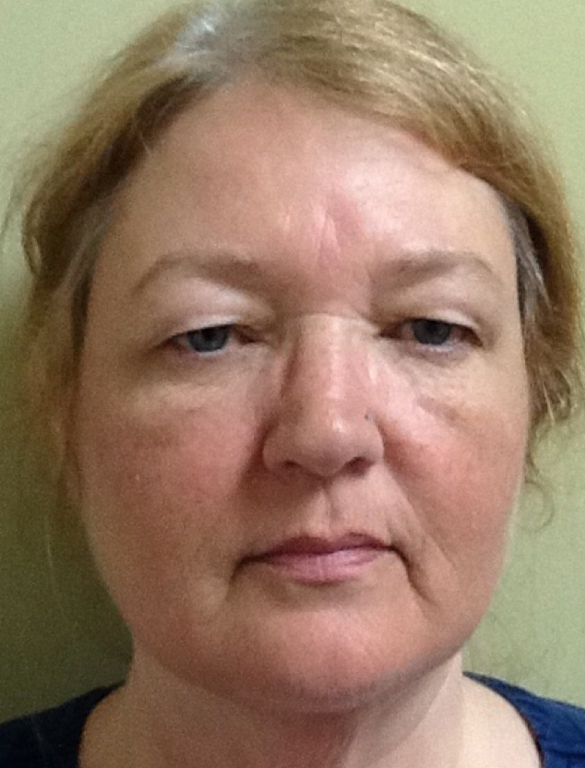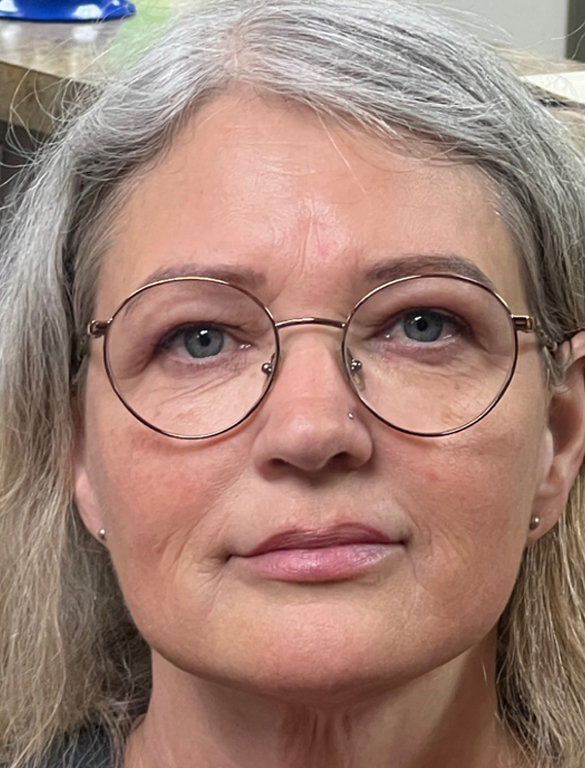Chronic Venous Disease Procedures
Conveniently located to serve the areas of Fenton, Sterling, Livonia, MI and San Diego, CA

Chronic venous diseases are surprisingly common, especially in women. So how do you know if you have them? When dealing with something that affects so many Americans, it’s important to know how to identify this broad range of conditions. Not only will that help you find treatment, it will also help you differentiate them from more serious issues. While none of this information can replace the opinion of a qualified expert who has had the chance to talk to and examine you, it’s a great place to start.
Defined as a condition that develops when the venous wall and/or the valves in the leg veins do not work properly, which causes the blood to pool in the veins and have difficulty returning to the heart, this serious medical condition can be very common and can present itself with venous leg ulcers in the more severe cases. This is a chronic, somewhat rapidly progressing disease that affects a whopping 25 million people in the United States. The causes of chronic venous insufficiency vary, but the most common of all causes are blood clots, varicose veins, and a genetic predisposition.
Contents
What Is Chronic Venous Disease?
First, it is important to clarify the difference between symptoms for chronic venous diseases and symptoms of chronic venous insufficiency. Venous insufficiency can be understood as the precursor to venous disease. With venous insufficiency, there is a problem in the veins that prevent them from pumping blood efficiently and effectively back to the heart. Typically, this is caused by a problem with the valves that pump the blood along, or by a decreased elasticity in the veins, which happens naturally with aging. Both of these circumstances happen more often in the legs.
Chronic venous insufficiency becomes a chronic venous disease when it has caused noticeable, significant problems. This broad group of problems is considered venous diseases. It’s worth noting, though, that not all venous diseases start out with insufficiency. It’s crucial to understand the symptoms of venous insufficiency as well.
Symptoms of Venous Insufficiency
Varicose Veins
By far the most common disease, these refer to enlarged, swollen, visible veins, usually on the surface of the legs. These can sometimes be simply cosmetic problems—other times, their symptoms include swelling, a “heavy” feeling in the legs, numbness, and aches.
Leg Ulcers
When the skin of the leg breaks, air and bacteria can get in. This causes a leg ulcer. Chronic ulcers can be a complication of chronic venous insufficiency—the high pressure in the veins damages the skin from within. Symptoms include open sores, pain and/or pus in the affected area, and leg swelling.
Phlebitis
Phlebitis is the medical term for inflammation of a vein. It’s more likely to be noticed in the arms or legs. Symptoms of phlebitis include swelling or tenderness in the affected area or swollen blood vessels.
Symptoms
Venous insufficiency symptoms include: swelling, leg cramps, a feeling of heaviness in the legs, a thickening of the skin or change of color in the skin around the ankles, the appearance of varicose veins, and the most serious of all symptoms, leg ulcers. The pain that the patient is experiencing will lessen in its severity when the legs are raised but will worsen when standing. Itchiness, weakness, and tightness in the calves are also signs of chronic venous insufficiency. If you are experiencing any or all of these signs of venous insufficiency, physician intervention is required. Diagnosis can be determined by a venogram or a duplex ultrasound.
Treatment
The treatment of this disease is varied according to the venous insufficiency symptoms being exhibited. The most common treatment for this and all vein diseases is compression stockings that will help improve blood flow in the affected areas and reduce swelling. There are over-the-counter versions sold, but those issued by prescription are preferred as they come in different strengths and sizes.
Medications can be prescribed as well for the treatment and signs of venous insufficiency, including diuretics, anticoagulants, and pentoxifylline, which is a medication specifically used to improve the flow of blood. Exercise, leg elevation, and not crossing your legs when seated are all things you can do at home to lower the risks of the disease worsening. And finally, severe cases of chronic venous insufficiency may need surgery. Your physician will be able to determine what steps will need to be taken to treat and prevent CVI.
Progressive Disease
Chronic venous insufficiency can progressively get worse each year, and when left untreated, can become a severely disabling disorder capable of affecting your quality of life; physician diagnosis and treatment is of the utmost importance. If you have a genetic predisposition to CVI, there are things you can do that will lower the chances of you developing this life-altering condition, such as watching your weight, exercising regularly, not smoking, and if you have a career in which you spend prolonged periods sitting, make sure to get up every so often and move around.
Chronic venous insufficiency or “CVI” is a condition in which the backward flow of blood within the veins or venous reflux can lead to tissue damage, inflammation, or venous hypertension. This condition is serious, often requiring vascular surgery, and can prevent proper blood flow from reaching the heart.
Often this vascular disease will begin with the failure of the valves within the veins and become worse if not treated. Blood that is flowing backward away from the heart will begin to pool within the veins causing extra pressure and venous hypertension, often within the legs.
Venous hypertension makes circulation within the leg much more difficult which can lead to inflammation as well as tissue acidosis, slowly weakening the valves and vein walls.
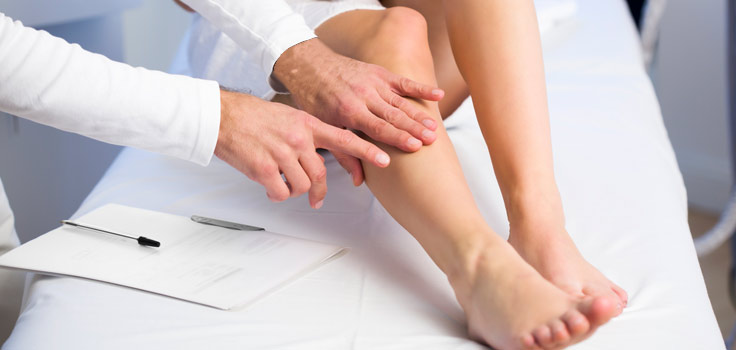
Those suffering from chronic venous insufficiency will notice symptoms including cramping in the legs, tiredness, heaviness, or a burning or itching sensation. Chronic venous insufficiency will also cause the ankle or leg to swell, and the surrounding skin may become hardened.
Those suffering from venous insufficiency symptoms will also likely feel self-conscious about their condition, as the undesirable changes in skin tone and texture are become more evident on the legs and around the ankles. However, it’s not simply the cosmetic effects that should be of concern to those with Chronic Venous Insufficiency as these can lead to an even more serious vascular disease if it goes untreated by a vascular surgeon. When left untreated, CVI can cause problems similar to congestive heart failure or chronic obstructive pulmonary disease, both of which are serious complications and pose a significant threat to the patient’s health.
Leg ulcers are another likely complication associated with CVI with 10% of patients who develop these leg ulcers becoming disabled by them. Some patients may experience bleeding of their spider veins or varicose veins which can be a very serious complication and superficial thrombophlebitis is a common risk factor of untreated CVI.
How to Treat Your Venous Insufficiency Symptoms
Patients who are experiencing chronic venous insufficiency symptoms should seek a vascular surgeon as early as possible to prevent further complications. There are many effective treatments available to those who are suffering from CVI that can help to significantly alleviate discomfort while also preventing more serious developments. A vein specialist who performs procedures intended to help cure and alleviate CVI should be seen as soon as possible.
Fortunately, at the Skin and Vein Center, we can give you all the attention you need to make certain this vascular disease is treated correctly. Call today to get your consultation and see what avenues are available to you! And, if you’re interested in our other cosmetic procedures, let us know; we will get you what you desire!
Always Consult an Expert
If you recognize these symptoms of chronic venous disease and you think you might be suffering from any of these vein diseases and conditions, we encourage you to set up an appointment with us. We have over 25 years of experience and have seen it all. Our staff will see you with personal care and make sure you are satisfied with your treatments. Call us at 800-400-8346 to set up a consultation!

